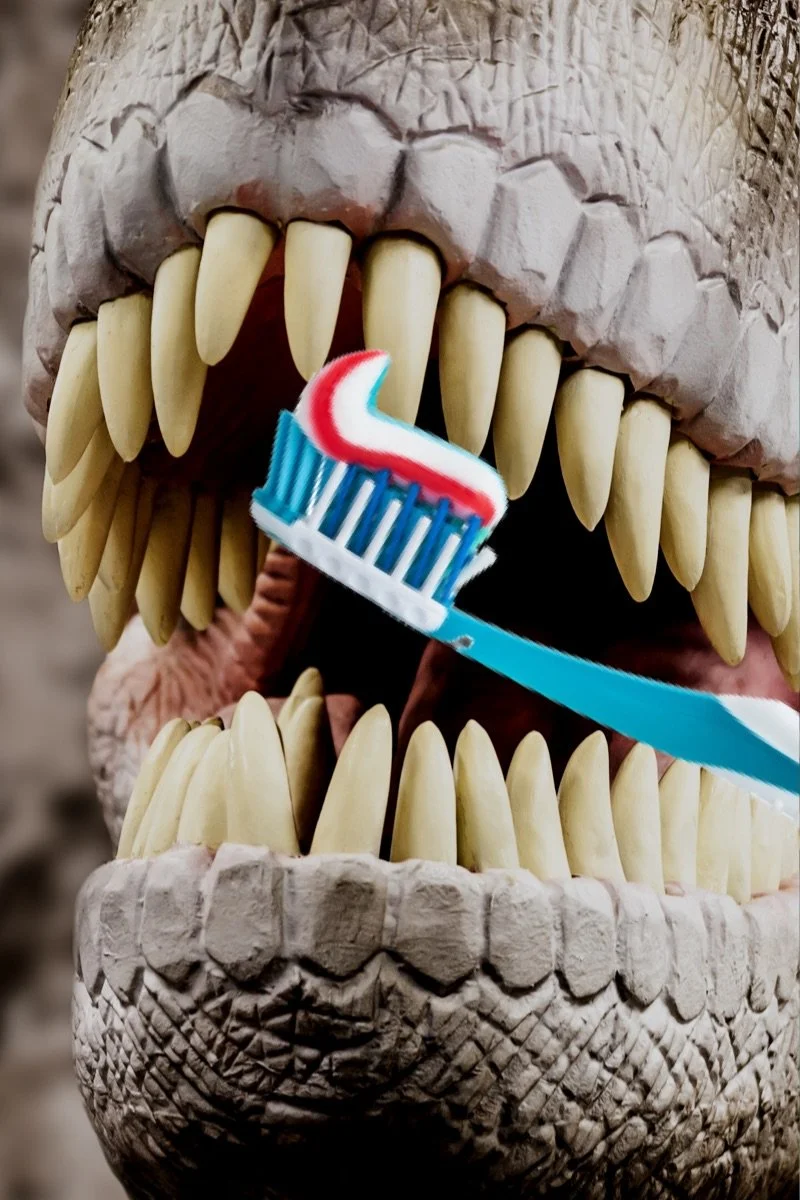Science Lessons for Kids > Chemistry
11 Chemistry Facts & Trivia Questions for Kids
It’s smelly, it’s colorful, and sometimes it’s explosive! Chemistry is the science of transformation: transforming ice into liquid, cake batter into cake, and firewood into light, heat, and smoke. Chemistry explains what’s happening when you zoom way in, to help us understand the world around us.
Amazing Chemistry Facts for Kids
Put on your safety goggles and check out these awesome chemistry facts!
Clouds Aren’t Gas—They’re Liquid
Contrary to popular belief, clouds aren’t gaseous water - they’re tiny drops of liquid water, so small that they float in the air like dust. When enough water gathers and the droplets become big and heavy enough, they fall to the ground as rain.
Your Spit Allows You to Taste Salt
Common table salt is made of two atoms put together: Sodium and Chlorine. When you eat salt, your saliva breaks the two atoms apart before they actually reach your taste buds. So when you taste salt, you’re tasting individual sodium and chlorine atoms. If the salt weren’t able to dissolve for some reason (maybe your mouth is too dry), you wouldn’t be able to taste it!
Orange Campfire Light Comes From Glowing Soot
The orange light from a campfire isn’t produced by the burning of the wood - at least, not directly. That light is actually given off by super hot soot particles floating above the fire, glowing like the wires inside of a toaster.
The combustion reaction, which makes fire, does produce a small amount of light on its own. You might be able to see this if you look closely at a burning match: there will be a thin blue-colored flame close to the match itself.
Chemistry Trivia Questions for Kids
Test your chemistry knowledge!
-
When water is in ice form, all of the water molecules are locked together in an ordered crystalline structure. They can’t move - they can only vibrate, but they aren’t moving fast enough to break the bonds holding them in place. On a microscopic level, heating something means making the molecules move around faster. So as ice gets hotter, the molecules move faster and faster until finally they’re able to break the bonds holding them in place, and start flowing freely around one another. That ability of the molecules to move around is what makes a liquid!
-
All of the cells in your body need to stay at a very specific saltiness level in order to work properly. If they’re too salty, or not salty enough, they stop working. The saltiness level of your body is close to 1% - 1 part salt for every 99 parts water. Normally, when you take in too much salt, your body gets rid of the extra through your pee. But ocean water is so salty (about 3 times as salty as your body) that getting rid of the extra salt would require your pee to be more salty than it's able to get. So, to get rid of the salt, your body has to add EXTRA water to your pee. That’s why drinking salt water actually causes you to become more dehydrated, and drinking too much can cause nausea, vomiting, fatigue, and even death.
-
There’s gaseous water in the air around us all the time - you just can’t see it or feel it, just like most gasses. And like most gasses, when it gets cold enough, it turns into a liquid - that’s called condensation. It’s exactly the opposite of what happens when you boil water. So when you take an ice-cold can into air with enough evaporated water in it, that gaseous water will get cold when it comes into contact with the can, and condense back into liquid.
-
Both! But most of the flame comes from the burning of the wax. When you light a candle, the heat of the fire melts the wax, which then flows up the wick (sort of like if you were to dip a paper towel into a glass of water). When the wax gets to the top of the wick, it gets so hot that it evaporates, going up into the air right above the wick. There, it combusts - the reaction that made all that heat in the first place! Combustion is sort of like thousands of tiny explosions happening all at once, every second, right above the wick. Those explosions give off light and heat, and that heat melts more wax, keeping the process going until there’s no wax left.
-
Baking a cake is chemistry in action. You take one thing, add heat, and it transforms! There are several chemical reactions happening when you bake a cake, and you can see, smell, or taste most of them. Tiny bubbles of gas are released inside the cake, lifting it up to give the cake a stretchy, fluffy…cake-like texture. The sugar on the outside of the cake gets hot enough to undergo a process called a Maillard reaction, changing its taste and turning it brown. Baking a cake is an example of a chemical change - a transformation involving adding or losing heat, that is irreversible (you can’t turn a cake back into batter, no matter how hard you try!).
-
Fireflies glow by combining a chemical called luciferin with some other chemicals to make a reaction that produces light. It’s a different kind of light production than a light bulb - it gives off very little heat. The reaction requires oxygen, so fireflies control whether or not they’re glowing by controlling the presence of oxygen in their light-producing organ.
-
Atoms are known as the building blocks of matter - they make up every single thing, from your computer to your pillow to your body! Atoms look almost like little miniature solar systems, with a core like the Sun, made of protons and neutrons, and orbiting “planets” called electrons.
-
When you mix iron with oxygen and water, it reacts to make a reddish substance called iron oxide, and that’s what we commonly call rust. The process of making iron is called corrosion, and it’s a chemical transformation - sort of like baking a cake, or burning a match.
Kid-Friendly Ways to Learn More About Chemistry
Play Tappity’s Video Lessons About Chemistry
Tappity has a whole laboratory’s worth of interactive video lessons about chemistry!
Explore More Science Topics for Kids
From Volcanoes to Velociraptors, we’ve got it all - right here at Tappity.























